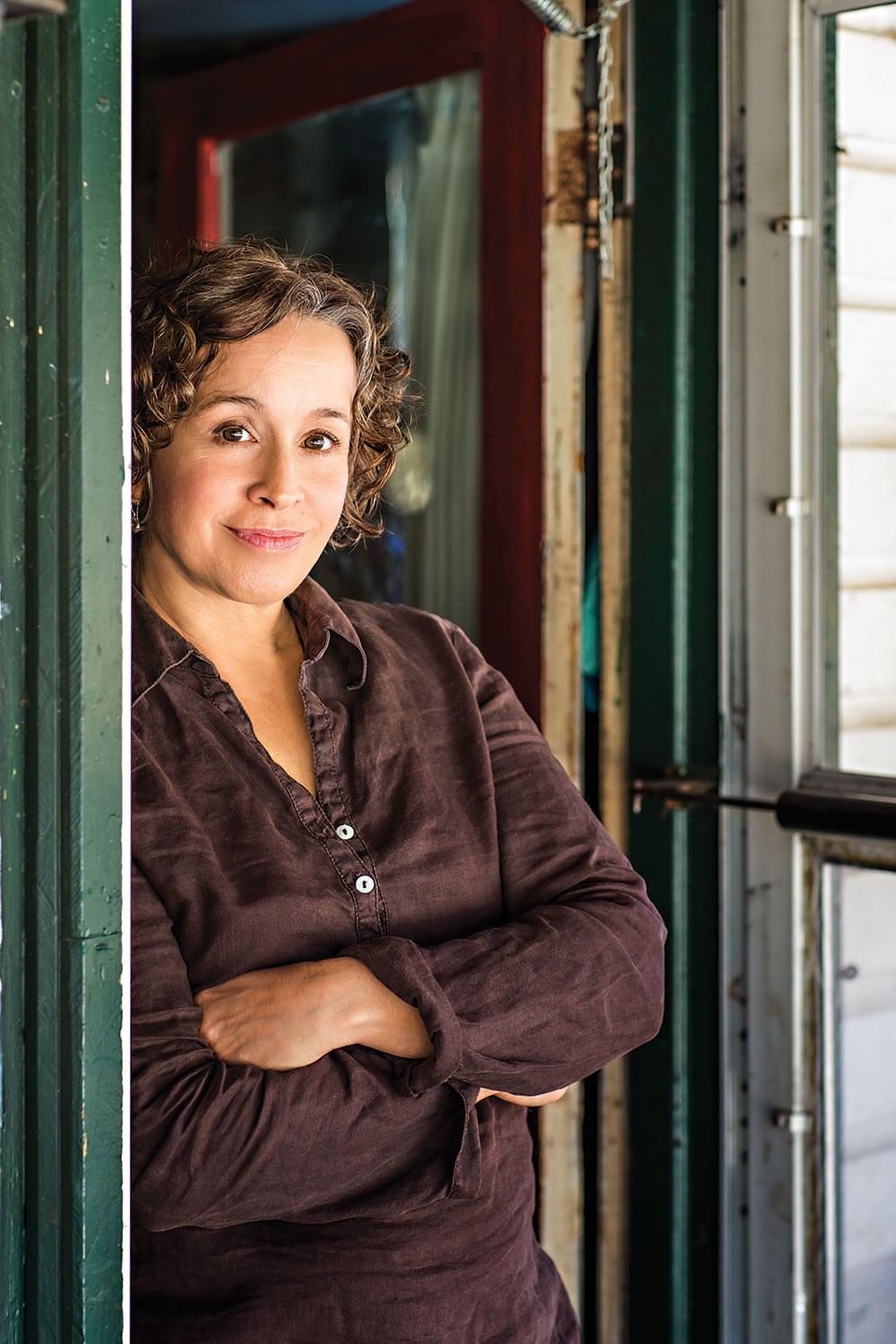The success story formula skews toward those who gallop, but sometimes the long, steady trot gets the gold. "This story has been in my saddlebag my whole life," says Susan Krawitz, whose forthcoming middle-grade novel Viva, Rose! (Holiday House, 2017) won the Sydney Taylor Manuscript Award.
Her family spent holidays at the Bensonhurst home of larger-than-life great-aunts Hannah and Edie. Theatrical Hannah dressed the girls up and paraded them down the staircase like debutantes, playing "Fiddler on the Roof" tunes on the piano. Uncle Sheldon told stories about Texan cousins Abe and Rose, including one about Abe riding with Pancho Villa. Could it be true? Nobody knew, but Edie's bedroom had a sombrero on the wall, and a colorful serape.
Flash forward a few decades. Krawitz's historian sister moved to Texas and decided to do some research. Sure enough, she unearthed a microfiche account of Abraham Solomon's exploits with Villa, including the line, "Every once in a while you come across a life story that, in its color and action, seems almost fictional." Cue Viva, Rose!
"I was mindblown," says Krawitz. The 1932 article "confirmed all our legends and gave us some new ones."
To tailor the tale for young readers, she shifted focus from Abe to his kid sister Rose. Did she know what her brother was doing? Were they in touch? The historical record was blank, so the author was free to invent.
Viva, Rose! opens in El Paso's Pickens Mercantile, where 13-year-old Rose spots a newspaper photo of her brother among the Villistas. Abe has spun many lies—is he a Brooklyn fishmonger with older sib Eli, or a cowboy?—but this is the wildest. Rose's Russian-born parents (Papa's a kosher butcher and cantor; Momma hopes to matchmake her rebel daughter with gap-toothed Shmuley Schnitzler) must never find out. And she must contact Abe, pronto.
Rose's scheme goes awry, and she winds up in Pancho Villa's encampment, where the "Mexican Robin Hood" drafts her as a playmate for his imperious daughter. Will Rose get home safely? Will she find her mysterious brother? Will lessons be learned? Expect many middle-school book reports to pose the same questions: Viva, Rose! was an early librarian favorite at the ALA Conference, and the New York Observer called it "the next big book about Jews in the west."
It all seems a little surreal to Krawitz, a journalist and freelance editor who's had more than her share of near-misses over the past three decades. "It's been a long, strange trip," she admits as two mismatched tomcats, Tiger and Harry, patrol braided rugs. She brings tea and home-baked shortbread made with oats, Irish butter, almonds, and chia. Krawitz has chronic Lyme from a flare-up two years ago, and says sardonically, "Very low sugar. I'm all about the healthy."
Dry humor with a pinch of kvetch is her native key. Though her conversation is peppered with riffs on persistence and bravery, she refuses to wax sentimental. How did it feel to see her book for the very first time? "The galley arrived the same day I sent off the page proofs, so all I could think was, 'Oh great, this has all the mistakes I just corrected.'"
Krawitz lives in the Marbletown hamlet known as The Vly. A couple of hardy hens strut through snowdrifts in front of her rambling 19th- century farmhouse, fronted by a rocking chair porch and dormant gardens. There's a former horse barn to one side and a hayloft and woodpile across the street.
If the lay of the land sounds familiar, you may be one of many readers addicted to her long-running Blue Stone Press column. "Most of the essays take place within a mile of my house," she explains. Like Seinfeld's "show about nothing," they often riff on some detail you've never quite noticed, spinning out into something much larger.
Krawitz moved into the "bigtime fixer-upper" with college boyfriend Jim Munson in 1984. The farmhouse was full, its outbuildings packed with a century's worth of accumulation. "I learned so much about the former residents, flipping through the card catalogue of their lives," Krawitz says.
Munson worked as a carpenter and rock-climbing guide, while Krawitz did construction cleanup and taught at Learning Arts preschool. Her colleague Fred Burstein published a book called Rebecca's Nap. His carton of author copies arrived while he was at school, and his wife drove it over. "So I got to watch him unpack it in front of all these kids," Krawitz recalls. "I was blown away."












